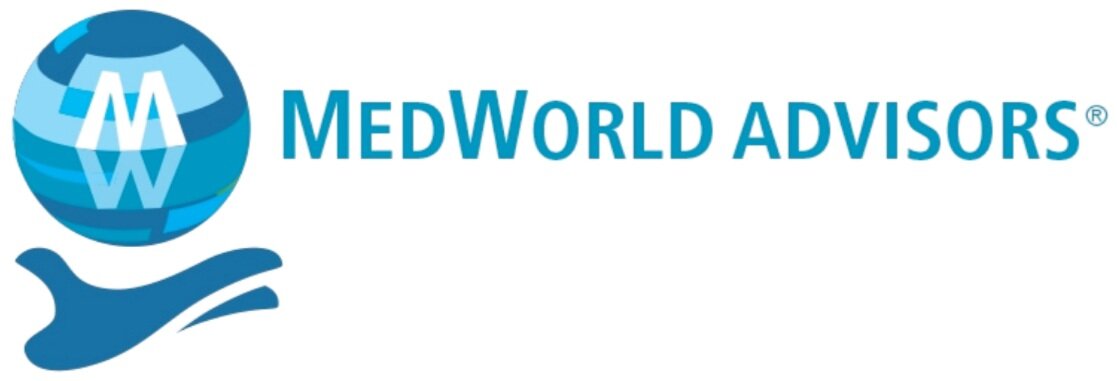Navigating the Tariff Turmoil in Medical Device Manufacturing
To view our article on the Today’s Medical Developments website, click here.
Recent tariffs and ongoing trade tensions have brought new layers of uncertainty in the medical device manufacturing industry, impacting costs, supply chain management, and strategic decision-making across the sector. This turmoil is causing stakeholders to have a serious case of heartburn.
These policy shifts have serious implications for manufacturers – whether they produce devices overseas or domestically. Companies are being forced to swiftly adjust strategies, rethink sourcing options, and manage increased unpredictability. What do these tariff changes mean for industry? Perhaps more importantly, how can manufacturers navigate these turbulent times and emerge stronger?
Companies manufacturing medical devices overseas, especially in China and other Asian countries, face a host of new challenges. Tariffs imposed by the U.S. government as part of ongoing trade disputes have significantly increased the cost of importing goods. For medical device manufacturers relying on factories abroad, this means higher expenses on everything from raw materials to finished devices.
What happens next? Do the companies absorb these additional costs, risking profitability in the hopes the turmoil will be short-lived, or do they pass them onto customers, potentially losing competitive advantage in a tough marketplace? Neither option feels particularly appealing.
But tariffs aren’t just about cost – they’re also about complexity. Increased trade tensions often come with logistical disruptions. Shipments may be delayed at ports, and unexpected customs inspections can throw timelines off track. Manufacturers reliant on just-in-time delivery are now operating on a ‘hope-for-the-best’ basis.
At first glance, U.S.-based manufacturers might breathe a sigh of relief, thinking they’re safely insulated from international tariff drama. However, it’s not that simple. Even domestic producers rely on imported raw materials, components, and specialized equipment – many facing higher tariffs.
For instance, many medical devices require specific metals such as aluminum, steel, titanium, or specialized plastics and electronic components. If those items are sourced internationally, even companies proudly manufacturing in the U.S. will find their costs rising significantly. The result is domestic manufacturers, despite their Made in America tags, aren’t completely shielded from tariff turmoil.
Furthermore, increased domestic demand for U.S.-sourced materials might drive up prices due to limited supply, creating even more pressure on costs. For medical device makers trying to maintain profitability while ensuring compliance with stringent regulatory standards, this becomes an increasingly delicate balancing act.
Despite the apparent gloom, there’s a bright spot: U.S. medical device companies are known for resilience and innovation. In response to tariff pressures, many businesses are reassessing and restructuring supply chains to enhance efficiency and reliability.
Companies are increasingly exploring alternative markets to source essential materials and components, reducing reliance on traditional, tariff-impacted sources. This shift can lead to discovering new, sometimes unexpected opportunities in previously overlooked markets.
An unintended yet positive consequence of tariffs might be a new wave of innovation with companies looking inward for more creative solutions. This includes investments in advanced manufacturing techniques, automation, and process improvements to reduce dependency on volatile international supply chains.
While manufacturers scramble to adapt, broader industry implications are also significant. Price hikes driven by tariffs could eventually trickle down to hospitals, clinics, and patients. Increased costs for medical devices, especially critical ones, might put additional strain on healthcare systems already grappling with tight budgets and resource constraints.
Ultimately, tariffs and trade policies are a fluid and complex issue, subject to the changing tides of global politics. Medical device manufacturers must remain proactive, closely monitoring policy developments, and adjusting strategies accordingly. While uncertainty is never comfortable, being prepared and adaptable is critical.
For now, one thing is clear: manufacturers who manage to turn this challenge into an opportunity to innovate and streamline operations will emerge stronger and better positioned for future success.
Tariffs might be giving medical device manufacturers some short-term stress, but long term, the industry may very well become smarter, more resilient, and more innovative.
After all, innovation thrives best when it’s a little uncomfortable, right?
About the author: This column was written by guest author Daniel Sheppard, CM&AA. He has spent nearly two decades advising founder-owned medtech and finance companies in mergers and acquisitions, corporate finance, and strategic growth initiatives. He is currently a managing director at MedWorld Advisors and can be reached at daniel@medworldadvisors.com. Value = Strategic Fit + Timing® is a registered trademark of MedWorld Advisors.
To view our article on the Today’s Medical Developments website, click here.

